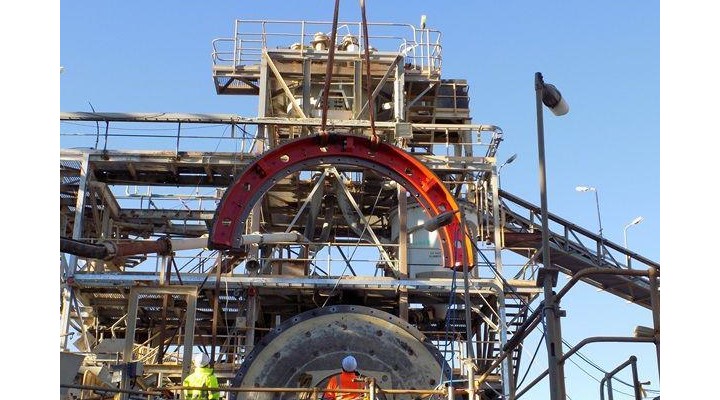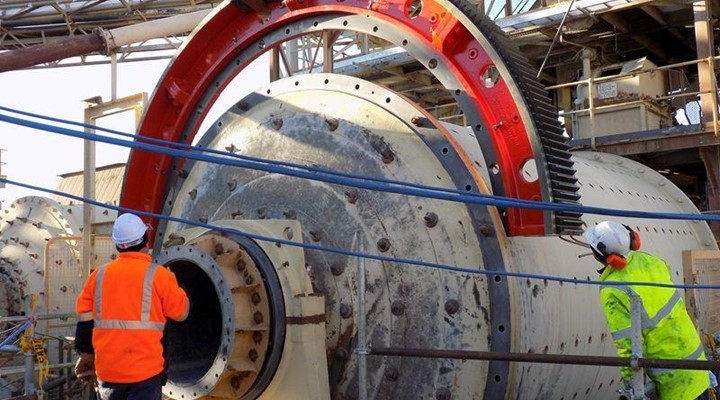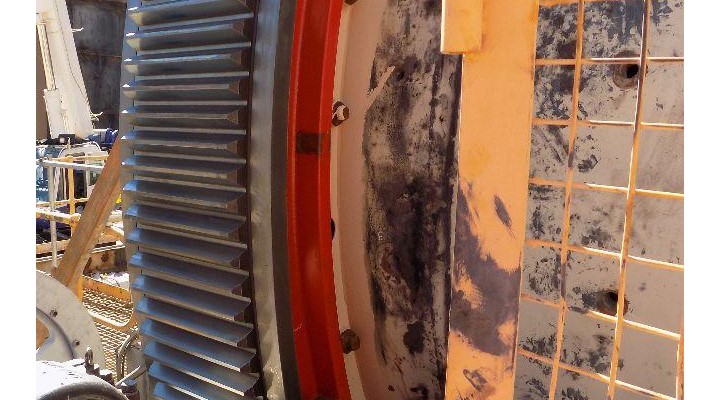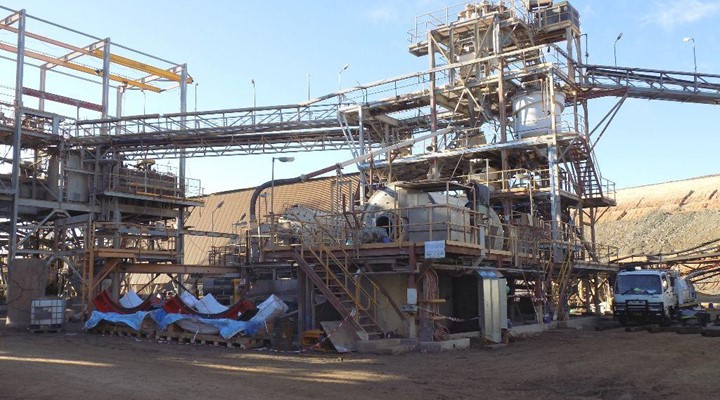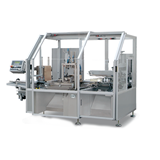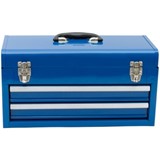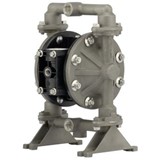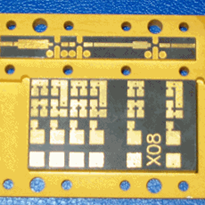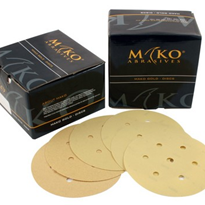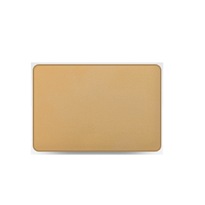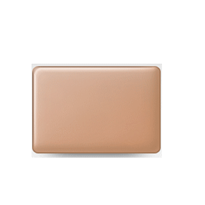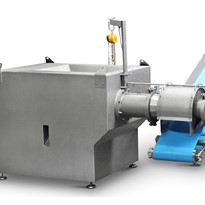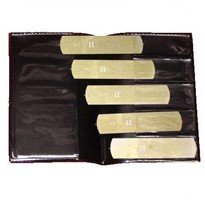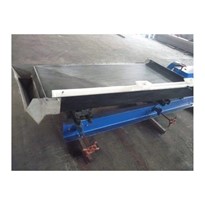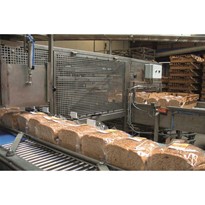When refurbishing a closed-down mine, it is impossible to know exactly what to expect, no matter how carefully the
exercise has been planned. That is just the nature of the business. Sometimes the refurbishment includes a mission critical production item, and that means quick action is required.
After two teeth on a 4.5-metre diameter girth gear had snapped off during the last phase of operation in 2013, prior to the refurbishment, that was the situation facing Stewart McCallion, Project Manager – Matilda Gold at Blackham Resources, at Wiluna Gold Mine, in outback Western Australia. “It takes a lot of pressure to break a tooth off a girth gear. You can imagine the noise,” says McCallion.
Fixed in place at the larger of the mine’s two mills, the girth gear is a heavy-duty piece of machinery that rotates the ball mill shell. This slowly rotating shell is filled with steel balls that grind the ore down to a fine powder, whose particles are only 75 microns in diameter.
There was much to be done to replace the girth gear in the short time available between obtaining investment approval and commissioning the plant in readiness for the planned production schedule. McCallion and his colleagues would need to align procurement, fabrication and installation of the new gear and pinion with all the other refurbishment and construction deliverables.
MAMMOTH TASK
The mine has a long history, dating back to 1897 with the discovery of a 13-kilogram gold nugget – the largest found in Australia to that point. It has undergone numerous transformations in the years since, as successive owners
have introduced more modern technology and techniques to deal with its complicated ore bodies. The complication is that in addition to oxidised ores, the area is rich in sulphide ores, which require an extra step in the process to recover the gold.
The girth gear that failed was just one part of the infrastructure that McCallion and his team encountered when Blackham Resources took over the mine in early 2014. Bringing the mine back to life after its three-year hiatus in care and maintenance was a huge task. The company invested heavily in all aspects of the mine, from the crushing and grinding circuits and leaching tanks to the mine’s village.
“No matter how much you do at the beginning to estimate the amount of work needed in a refurbishment program like this, it’s almost impossible to make an accurate assessment. Stripping things apart to find out what’s really required is almost half the job,” says McCallion.
In addition to the as yet undiscovered but nonetheless expected tasks, McCallion’s team also undertook a number of planned activities such as building a new power station and a new tailings dam. A major challenge for his team was to align the timing of the girth gear replacement with all the other elements of the mill’s refurbishment. These included concrete and structural repairs, replacement of the trunnion bearings, refurbishment of the mill motor and gearbox, removal and replacement of the mill liner, and also refurbishment of the mill’s electrical systems and instrumentation.
RACING TO REPLACE
McCallion says the mine aims for 95% availability. It operates around the clock, except for scheduled maintenance shutdowns. With the ball mill out of action, the daily cost of lost production would be significant, so the race was on to find a replacement girth gear that could be
installed before the mine’s planned re-opening date.
Nathan Langham, Technical Sales Representative – Industrial Gears with SEW-EURODRIVE, was aware that his company was better known in Australia for its gear motors and heavy industrial gearboxes rather than equipment like girth gears. However, he was also well aware of
SEW-EURODRIVE’s reputation for successfully installing hundreds of girth-gear sets around the world over the last
decade.
Langham says he expected an initially sceptical response when he first approached Blackham Resources with a solution for their problem. By their nature, girth gears for retrofitting are often designed and produced individually according to careful measurements so that they fit in place when delivered. This meant close cooperation with an overseas manufacturing plant would be necessary at all stages of the project as the gears were neither assembled nor stocked locally. On top of this, the SEW–EURODRIVE design was radically different from others used in Australia to date. It was a lot to ask of a new customer.
Langham says he expected an initially sceptical response when he first approached Blackham Resources with a solution for their problem. By their nature, girth gears for retrofitting are often designed and produced individually according to careful measurements so that they fit in place when delivered. This meant close cooperation with an overseas manufacturing plant would be necessary at all stages of the project as the gears were neither assembled nor stocked locally. On top of this, the SEW–EURODRIVE design was radically different from others used in Australia to date. It was a lot to ask of a new customer.
Segmented at girth
Perhaps the most unusual aspect of the SEW-EURODRIVE solution was the construction of the girth gear. According to Langham, most conventional girth gears are fabricated in two parts. In contrast, the girth gears from SEW-EURODRIVE are formed from several identical segments.
He says that although this approach is still regarded as unconventional in Australia, it has a number of clear advantages. “Transporting these girth gears to site is much easier,” he says. “Unlike the traditional parts, these smaller segments easily fit into containers for transport to Australia. Similarly, transport to the mine itself is just as easy.”
The segments are constructed from Austempered Ductile Iron (ADI), which has a higher tensile strength than the usually employed materials. Because of this, the girth gears from SEW-EURODRIVE are thinner. Less material means less initial cost. It also means that less lubrication is required when the mill is running, so operating costs are reduced as well.
“Production times are faster, delivery times are shorter and, with the right dimensioning, load and lubrication, an ADI girth gear is virtually wear-free,” says Langham. “Other advantages of the segmented design are that each part can be easily checked before installation and fewer spares are required.”
“The savings do not stop there either,” says Langham, “Risk Engineers and Special Industrial Insurers love our Segmented Gears as the shorter lead time and lower costs for spares reduce risk and therefore reduce Insurance Premiums significantly. There is no need for the additional cost of a complete spare gear, as is usually the case.”
Laser precision
The major challenge for the engineering team was to design a girth gear that would precisely match the existing mounting arrangements of the mill. Rather than relying on archival documents or approximate manual measurements, the SEW-EURODRIVE engineers chose to bring in an external contractor to take three-dimensional scans of the mill, using highly accurate laser technology. This allowed the international team of designers from SEW-EURODRIVE to customise the new girth gear to fine tolerances.
“Each hole for mounting needs to be accurate within microns,” says McCallion. “Despite the assurances from SEW-EURODRIVE that their quality system was the same regardless of which plant in the world the equipment is designed and manufactured, our contractors on site were very concerned about putting a multi-segment gear together on site and getting it to fit.”
When the time came to put this to the test, the results were stunning. So much so that representatives from SEW-EURODRIVE’s project engineering team who had travelled from Perth specifically to witness the girth gear being mounted missed out on seeing it. He says that normally, girth gears need a little ‘coaxing’ to align. However, at Wiluna, the segments were assembled and mounted so quickly that it was all over before they arrived.
“It went in amazingly well,” says McCallion. “The guys on site were gobsmacked at how easily it went together. Because of the nature of a large mine refurbishment project like ours, things don’t always go smoothly, and we have our challenges. The installation of the new girth gear was probably the one thing that came to fruition precisely as planned – including on schedule and within budget. I now recommend them and would use them again.”
With Australia’s first segmented girth gear from SEW-EURODRIVE installed successfully, two more have been ordered for mines in Western Australia and more are expected. It is clear that this alternative girth gear design is now gaining acceptance in Australia.


